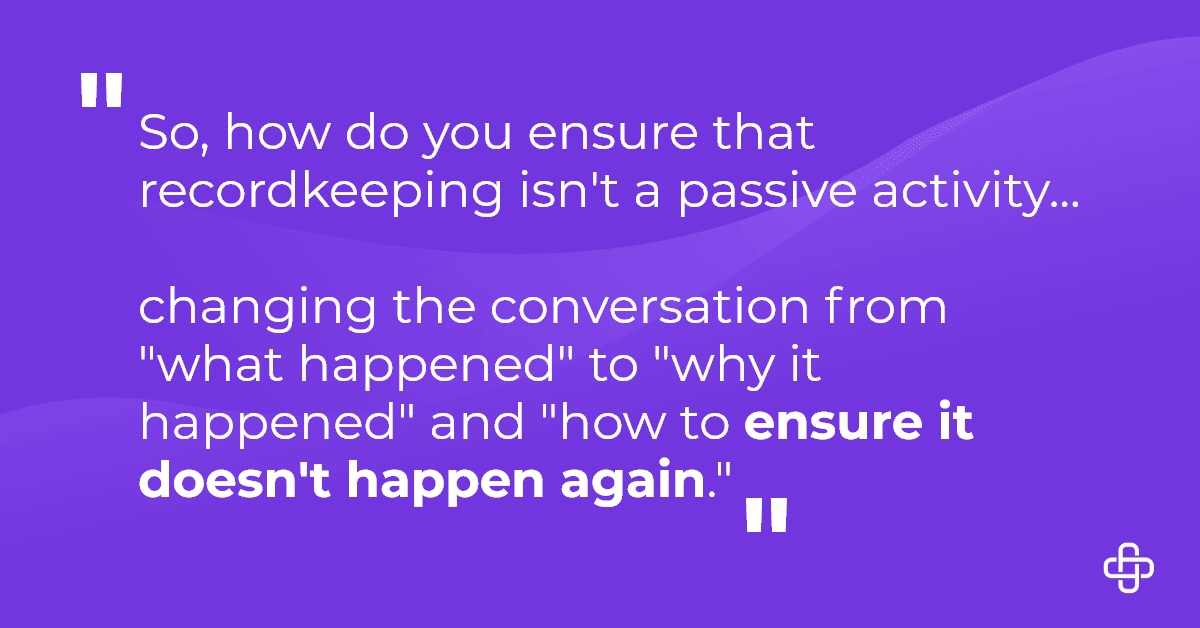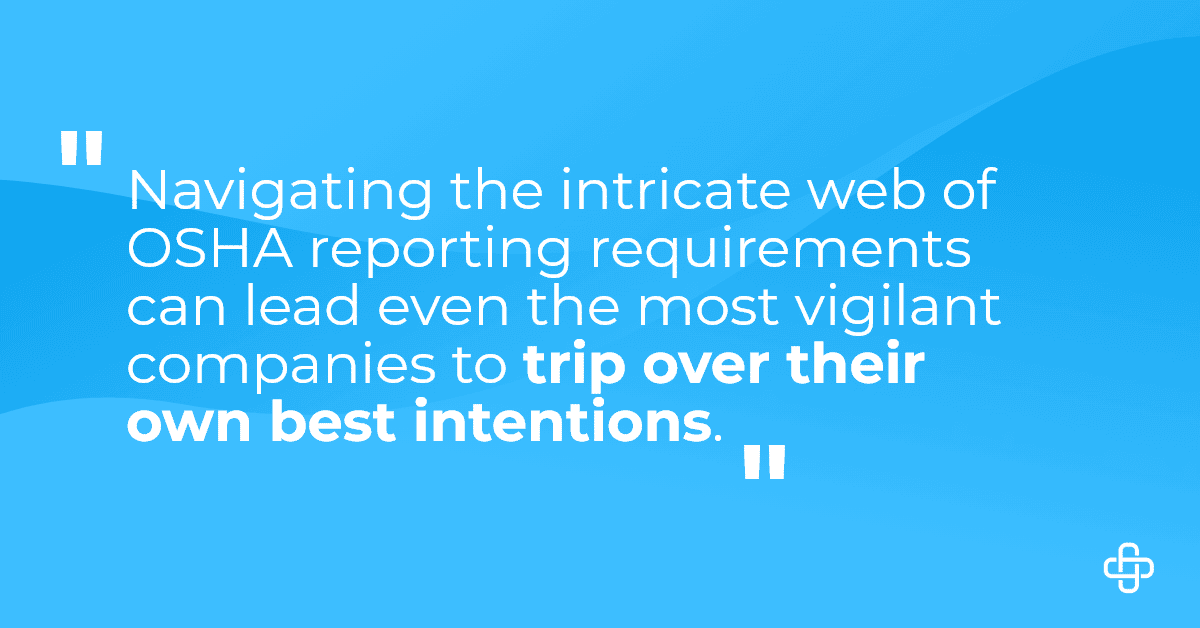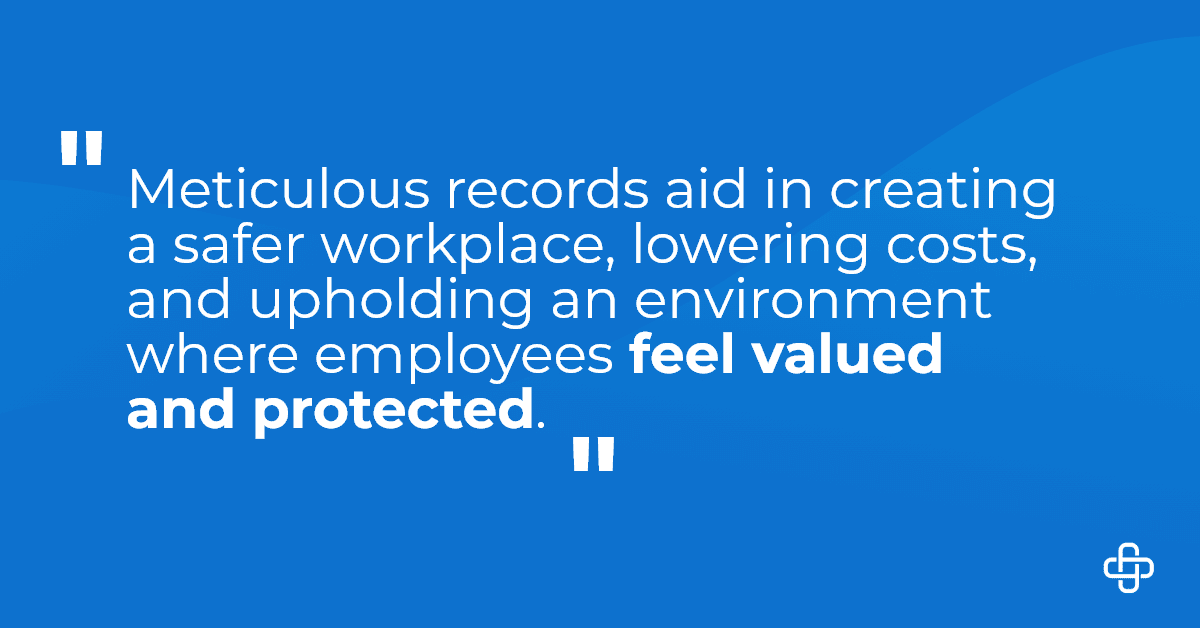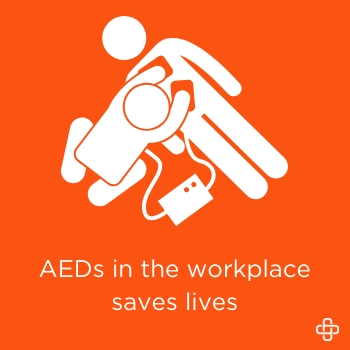 With over 6,000 workplace fatalities reported to OSHA each year including heart attacks, electric shock and asphyxia, we have to ask ourselves:
With over 6,000 workplace fatalities reported to OSHA each year including heart attacks, electric shock and asphyxia, we have to ask ourselves:
“Is there something more we could be doing from a first-aid standpoint to save employee lives in the workplace?”
According to OSHA, there is!
How AEDs Work
As referenced in OSHA’s Best Practices Guide: Fundamentals of a Workplace First-Aid Program:
“An automated external defibrillator (AED) should be considered when selecting first-aid supplies and equipment…With recent advances in technology, automated external defibrillators (AEDs) are now widely available, safe, effective, portable, and easy to use.
They provide the critical and necessary treatment for sudden cardiac arrest (SCA)… All worksites are potential candidates for AED programs because of the possibility of SCA and the need for timely defibrillation.”
A built-in computer checks a victim’s heart rhythm through adhesive electrodes. The computer calculates whether defibrillation is needed. If it is, a recorded voice prompts the rescuer to press the shock button on the AED.
The shock momentarily stuns the heart and stops all activity. It gives the heart the chance to resume beating effectively.
Audible prompts guide the user through the process. AEDs advise a shock only for ventricular fibrillation or another life-threatening condition called pulseless ventricular tachycardia.
Benefits of AEDs in the Workplace
Onsite AEDs save precious treatment time, and can improve survival odds because they can be used before emergency medical service (EMS) personnel arrive. Other benefits include:
- Modern AEDs won’t allow you to shock a victim that has a heartbeat, reducing the risk of doing more harm and reasons for people not to step in and help. When care is provided within five to seven minutes, survival rates can improve dramatically.
- The AED is compact, lightweight, portable, battery operated, safe, and easy to use.
- Most importantly, these devices have a proven track record of helping to save lives in public places as well as in the workplace.
- Placing automated external defibrillators (AEDs) in the workplace, along with providing a proper management system and training for employees on how to use the devices, can mean the difference between life and death.
- Of the sudden cardiac arrest deaths that occur each year, more than 95 percent of the victims die before they reach the hospital.
- According to Occupational Safety and Health Administration, using a defibrillator on an individual in cardiac arrest increases his survival rate by 60 percent.
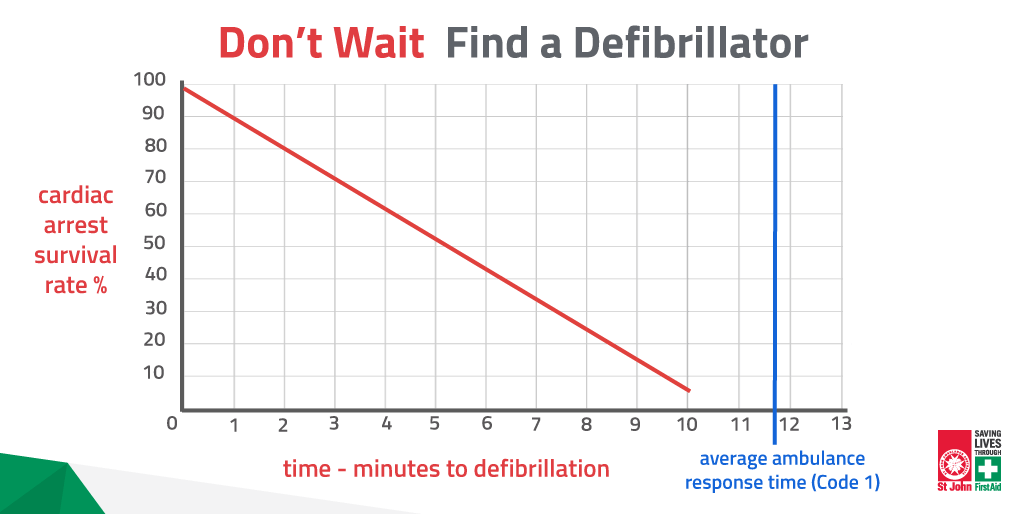
Placement of AEDs in the Workplace
OSHA recommends the following when considering placement of AEDs in the workplace:
- AEDs should be conveniently installed to ensure response within 3-5 minutes.
- Areas where many people work closely together, such as assembly lines and office buildings.
- Close to a confined space.
- Areas where electric-powered devices are used.
- Outdoor worksites where lightning may occur.
- Health units where workers may seek treatment for heart attack symptoms.
- Company fitness units and cafeterias.
- Remote sites, such as off-shore drilling rigs, construction projects, marine vessels, power transmission lines, and energy pipe lines.
Success Stories
Looking for the proof that AEDs save lives, check out these success stories as provided by the American Heart Association:
An employee at an automobile manufacturer was working on the production line when he suddenly collapsed, lost consciousness, and stopped breathing. Plant security responded, and after two shocks with an AED, the employee’s heart responded and his pulse returned. He’s alive today thanks to the fast actions of his co-workers and the company’s emergency response plan, which included AED installation and training.
A 41-year-old worker at a manufacturer of heating and air-conditioning systems suffered a sudden cardiac arrest at work. After three shocks and CPR he was revived within 4 minutes. Fortunately, his company had AEDs and trained responders. By the time EMS personnel arrived, he had been resuscitated and was moved to a hospital. The employee survived.
A 62-year-old employee of a coatings, glass, and chemical manufacturer suffered a sudden cardiac arrest after walking up the stairs to her office. Employees in the next office heard her fall and notified the plant emergency response team. She was defibrillator and saved in less than 2 minutes.
EMS personnel then arrived to transport her to the hospital. She sent a note to the company after her discharge from the hospital saying she had “no doubt that headquarters spent money wisely.”
Invest in company-wide employee training and the appropriate equipment will improve the safety of your workplace. It may even save a life.

Holly is an ER nurse by trade, but loves content marketing. She was born outside the box and believes everything is better with “sprinkles and sparkles”. She is passionate about impacting lives and uses marketing as her platform for sharing practical solutions to address real life occupational health challenges.
Find out more about our Injury Case Management services or our Occupational Health Programs.
